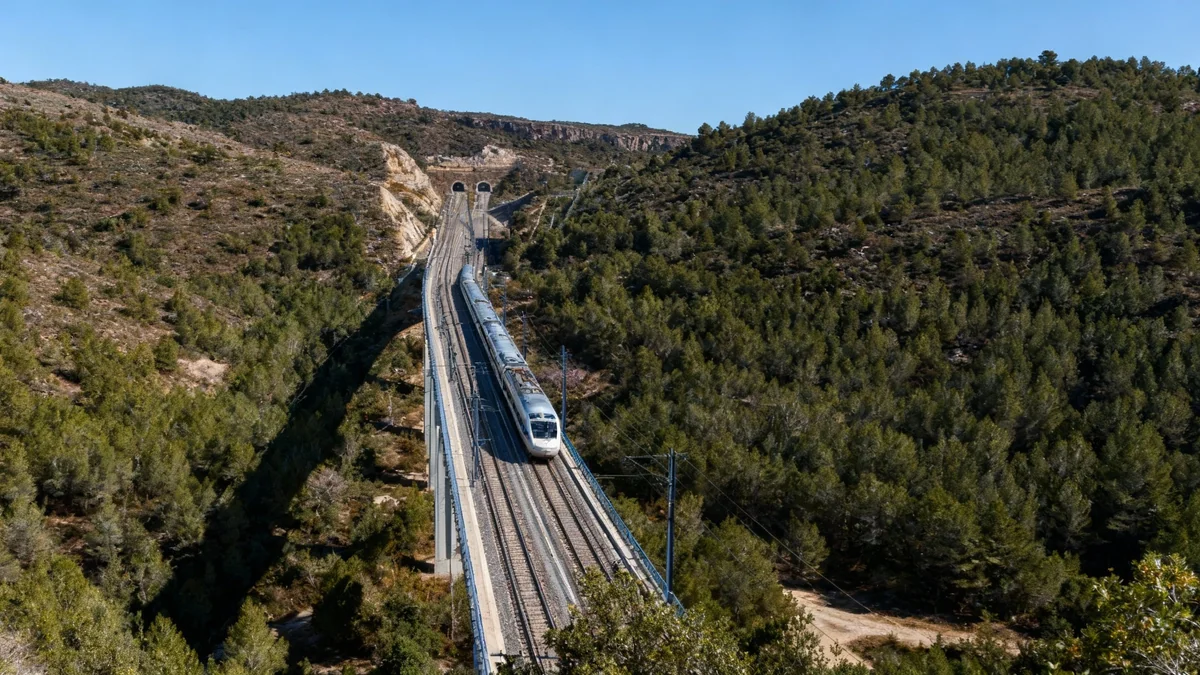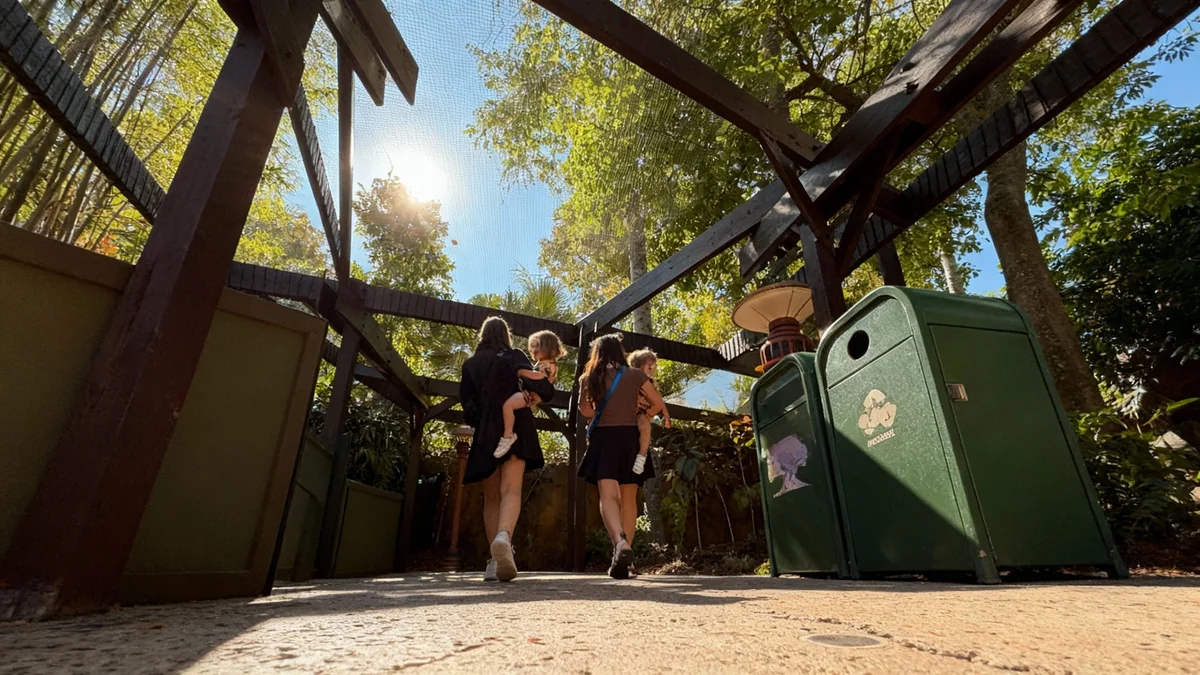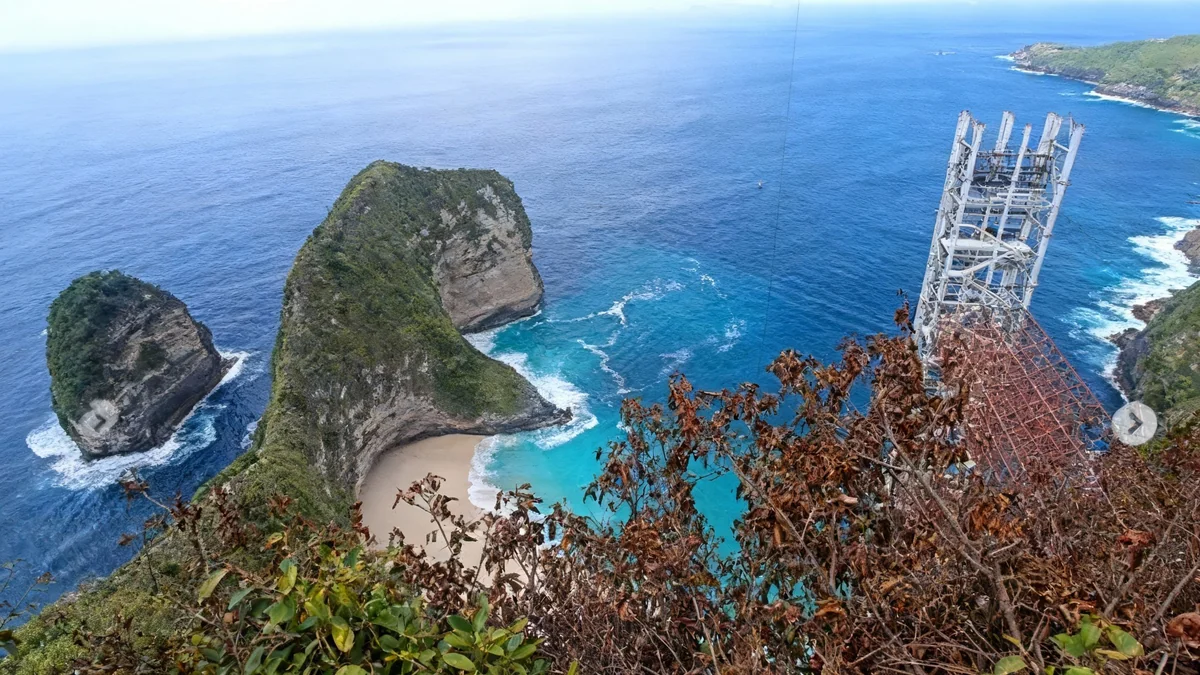Riyadh, Saudi Arabia, has introduced a new automated rapid transit system, the Riyadh Metro, which began operations in December 2024. This extensive network aims to redefine urban mobility for residents and visitors, connecting key areas across the capital. The system is designed to offer more than just transportation; it provides a unique travel experience through its architecturally notable stations.
The Riyadh Metro is recognized as the world's longest driverless metro system. It spans over 176 kilometers (approximately 110 miles) and includes six distinct lines. This network links important destinations such as King Khalid International Airport and the King Abdullah Financial District (KAFD). The project represents a significant investment in the city's infrastructure.
Key Takeaways
- Riyadh Metro is the world's longest driverless metro system, launched in December 2024.
- The network covers over 176 kilometers with six lines and 85 stations.
- Key stations like KAFD and Qasr Al Hokm feature award-winning architecture.
- The system cost $22.5 billion and can carry 3.6 million passengers daily.
- It incorporates sustainable design elements, including energy-efficient trains and solar panels.
A New Era of Urban Mobility
The Riyadh Metro project involved a substantial investment of $22.5 billion. This funding supported the construction of a system capable of transporting at least 3.6 million passengers each day. The network features 85 stations in total, with four stations particularly noted for their design and impact on the urban landscape.
These standout stations include King Abdullah Financial District (KAFD), STC, Western Station, and Qasr Al Hokm. Each of these stations was designed by internationally recognized architectural firms, contributing to their unique visual appeal and functional efficiency. The metro's launch marks a major step in Riyadh's urban development strategy.
Metro System Facts
- Length: Over 176 kilometers (110 miles)
- Lines: 6 distinct lines
- Stations: 85 stations total
- Cost: $22.5 billion
- Capacity: 3.6 million passengers per day
Architectural Highlights: Qasr Al Hokm Station
Qasr Al Hokm Station, situated in Riyadh’s historic center, was designed by Norwegian firm Snøhetta in collaboration with ONEWORKS + CREW. This station officially opened in February 2025. It provides direct access to several government buildings and cultural landmarks, including Al-Hukm Palace, Imam Turki bin Abdullah Grand Mosque, and Al Masmak Palace.
The station itself has become a landmark. Its design often draws commuters to pause and appreciate its appearance. Covering 22,500 square meters and extending 40 meters underground, Qasr Al Hokm is spread across seven floors. It includes 17 elevators and 46 escalators to manage passenger flow efficiently.
“Other than the beauty of the station itself, there is a traditional Saudi market — Souk Al Zal — just five minutes away.”
The station's curved stainless-steel canopy reflects its surroundings, blending historical context with modern design. Inside, the station offers shops, art displays, and an indoor garden. Travelers can rest on benches and experience the space. According to Riyadh resident Trisha Ooi, who moved from Malaysia four years ago, Qasr Al Hokm is now a recommended attraction for visitors, alongside sites like the Sky Bridge and Boulevard World. She describes it as "one of the best attractions."
Urban Development Context
The Riyadh Metro is part of a broader vision for the city's growth and modernization. It aims to improve connectivity, reduce traffic congestion, and support the city's economic and social development goals. The project aligns with Saudi Arabia's Vision 2030, which focuses on diversifying the economy and enhancing urban infrastructure.
Key Stations and Design Features
Another significant station is the King Abdullah Financial District (KAFD) Metro Station, designed by Zaha Hadid Architects. This station is located approximately 30 minutes from Qasr Al Hokm by metro. It is currently the busiest station on the network, featuring an undulating lattice façade inspired by desert patterns shaped by wind.
KAFD Station serves as a central interchange, connecting three metro lines and anchoring a new monorail system. It also houses a bus terminal. The station includes various artworks, such as a sculpture by American artist Alexander Calder, which is part of the Riyadh Art permanent collection. This integration of art enhances the passenger experience.
Other Notable Stations
- Western Station: Designed by Riyadh-based Omrania, it opened in the Al Sweedi district in January.
- STC Station: Designed by Germany’s Gerber Architekten, this station connects two lines. Its design draws inspiration from the limestone formations found in Saudi Arabia’s Tuwaiq mountains, reflecting local geological features.
Sustainability and Passenger Experience
Beyond its architectural design, the Riyadh Metro emphasizes sustainability. The trains are energy-efficient and feature regenerative braking systems. Many stations are equipped with solar panels, further reducing the system's environmental impact. These features contribute to the city's goal of sustainable urban development.
The metro system is designed for user convenience. Visitors can purchase a Darb card, a reusable transit card available at station machines, or use the Darb app for ticketing. The metro operates from 5:30 a.m. to midnight, Saturday through Thursday, and from 10 a.m. to midnight on Fridays. Fares start at SAR4 (just over $1) for a two-hour pass. A three-day unlimited travel pass costs SAR20, and a monthly pass is SAR140 ($37.32).
Onboard Experience
Riyadh Metro trains feature three types of carriages: singles, families, and first class. Singles cars are for men traveling alone, while family carriages are designated for women and families. The first-class section is reserved for riders with VIP cards. This segregation is common in some Muslim-majority cities, including Kuala Lumpur and Dubai.
The interiors, designed by France’s Avant Premiere, are kept pristine. Eating and drinking are prohibited on board to maintain cleanliness. Seat coverings feature patterns inspired by traditional Riyadh architecture, adding a local cultural touch. Trains run every four minutes during peak times, ensuring quick and efficient service.
The network uses two-car trains with about 55 seats and four-car trains with 123 seats. While this design creates a spacious feel, it means standing is common during busy periods. Peak travel times are typically early mornings (6 a.m. to 9 a.m.) and late afternoons (3 p.m. to 6 p.m.). Carriages are generally quiet, but some locals report that the metro helps connect people from different social backgrounds through conversations.
Navigating large stations like KAFD and Qasr Al Hokm can be challenging for new users. However, station staff are readily available to assist passengers. This support helps ensure a smooth experience for all travelers.
Impact and Future Expansion
Ibrahim bin Mohammed Al Sultan, Minister of State, Member of the Council of Ministers, and CEO of the Royal Commission for Riyadh City, stated last year that the project would "reshape the capital’s image and redefine mobility for its residents and visitors." He added that the network aligns with Riyadh’s economic, social, environmental, and urban development objectives, calling it a "historic milestone" for the city's transportation sector.
Despite its early success, the metro has not yet fully eased the city’s traffic congestion and car dependency. Traffic remains heavy in some areas. While some trips are quicker by metro, others can take longer due to Riyadh’s urban layout.
However, the network has exceeded initial expectations. Within six months of its opening, the Royal Commission for Riyadh City reported more than 18 million passengers in the first 11 weeks. Recently, the Riyadh Metro celebrated its 100 millionth passenger. This early success has already led to plans for expansion.
A proposed seventh line will connect Qiddiya Entertainment City, King Abdullah International Gardens, and Diriyah Gate. In September, Hassan bin Thabet Street Station was added to the Orange Line. Al Sultan concluded that the Riyadh Metro will "ease the daily lives and commute of citizens, residents and visitors, offering them a world-class urban travel experience."





